As year-end approaches, taxpayers should consider whether business clients could benefit from the following “last minute” tax-saving moves, including adjustments to income to preserve favorable estimated tax rules for 2016, deferral of certain advance payments to next year, and fine-tuning bonuses to make the most of the Code Sec. 199 domestic production activities deduction.
Accelerating or deferring income can preserve estimated tax break. Corporations (other than certain “large” corporations, see below) can avoid being penalized for underpaying estimated taxes if they pay installments based on 100% of the tax shown on the return for the preceding year. Otherwise, they must pay estimated taxes based on 100% of the current year’s tax. However, the 100%-of-last-year’s-tax safe harbor isn’t available unless the corporation filed a return for the preceding year that showed a liability for tax. A return showing a zero tax liability doesn’t satisfy this requirement. Only a return that shows a positive tax liability for the preceding year makes the safe harbor available.
Recommendation: A corporation (other than a “large” corporation) that anticipates a small net operating loss (NOL) for 2015 (and substantial net income in 2016) may find it worthwhile to accelerate just enough of its 2016 income (or to defer just enough of its 2015 deductions) to create a small amount of net income for 2015. This will permit the corporation to base its 2016 estimated tax installments on the relatively small amount of income shown on its 2015 return, rather than having to pay estimated taxes based on 100% of its much larger 2016 taxable income. Also, by accelerating income from 2016 to 2015, the income may be taxed at a lower rate in 2015, e.g., at 15% instead of at 25% or 34%. However, where a 2015 NOL would result in a carryback that would eliminate tax in an earlier year, the value of the carryback should be compared to the cost of having to pay only a small amount of estimated tax for 2016.
Recommendation: Generally speaking, a taxpayer will be treated as a “large” corporation for estimated tax purposes only if it had taxable income of $1 million or more in any one of the three preceding tax years. As a result, a corporation that didn’t reach that threshold in 2013 or 2014, but expects net income of $1 million or more in 2015 and later tax years, will have an incentive for deferring income into (or accelerating deductions from) 2016. If such a shifting of income or deductions lets the corporation avoid reaching the $1 million threshold in 2015, it will be able to use the 100%-of-last-year’s-tax safe harbor in 2016.
Accrual basis business can take a 2015 deduction for some bonuses not paid till 2016. An accrual basis business can take a deduction for its current tax year for a bonus not actually paid to its employee until the following tax year if (1) the employee doesn’t own more than 50% in value of the business, (2) the bonus is properly accrued on its books for the current tax year, and (3) the bonus is actually paid within the first 2 1/2 months of the following tax year (for a calendar year taxpayer, within the first 2 1/2 months of 2016).
For employees on the cash basis, the bonus won’t be taxable income until the following year. The 2015 deduction won’t be allowed, however, if the bonus is paid by a personal service corporation to an employee-owner, by an S corporation to an employee-shareholder, or by a C corporation to a direct or indirect majority owner.
Accrual-basis taxpayers can defer inclusion of certain advance payments. Accrual-basis taxpayers generally may defer including in gross income advance payments for goods until the tax year in which they are properly accruable for tax purposes if the income inclusion for tax purposes isn’t later than it is under the taxpayer’s accounting method for financial reporting purposes.
An advance payment is also eligible for deferral — but only until the year following its receipt — if:
- Including the payment in income for the year of receipt is a permissible method of accounting for tax purposes;
- The taxpayer recognizes all or part of it in its financial statement for a later year; and
- The payment is for (a) services, (b) goods (other than goods for which the deferral method discussed above is used), (c) the use of intellectual property (including by lease or license), (d) the occupancy or use of property ancillary to the provision of services, (e) the sale, lease, or license of computer software, (f) guaranty or warranty contracts ancillary to the preceding items, (g) subscriptions in tangible or intangible format, (h) organization membership, or (i) any combination of the preceding items.
Illustration An accrual-basis calendar-year taxpayer received a payment on Novemer 1, 2015 for a contract under which it will repair a customer’s computer equipment for two years. In its financial statements, the taxpayer recognizes 25% of the payment in 2015, 50% in 2016, and 25% in 2017. For tax purposes, under the deferral method discussed above, the taxpayer can report 25% in 2015 and defer 75% to 2016.
The deferral method cannot be used for (1) rent (unless it’s for items (c), (d), or (e), above), (2) insurance premiums, (3) payments on financial instruments (e.g., debt instruments, deposits, letters of credit, etc.), (4) payments for certain service warranty contracts, (5) payments for warranty and guaranty contracts where a third party is the primary obligor, (6) payments subject to certain foreign withholding rules, and (7) payments in property to which Code Sec. 83 applies.
If an advance payment is only partially attributable to an eligible item, it may be allocated among its various parts, and the deferral rule may be used for the eligible part.
Taxpayers wishing to change to the above method may use automatic consent provisions (with certain modifications). Advance consent procedures apply in certain cases, e.g., where advance payments are allocated.
Businesses that qualify for the deferral should not let tax considerations keep them from accepting advance payments before the end of 2015.
Making the most of the domestic production activities deduction. Businesses can claim a domestic production activities deduction (DPAD) under Code Sec. 199 to offset income from domestic manufacturing and other domestic production activities.
The Code Sec. 199 deduction equals 9% of the smaller of —
- The taxpayer’s “qualified production activities income” or QPAI, for the tax year, or
- The taxpayer’s taxable income (modified adjusted gross income, for individual taxpayers), without regard to the Code Sec. 199 deduction, for the tax year.
However, the Code Sec. 199 deduction can’t exceed 50% of the W-2 wages of the employer for the tax year. And the otherwise allowable Code Sec. 199 deduction of a taxpayer with oil-related QPAI is subject to a special reduction.
Qualified production activities eligible for the deduction include items such as: the manufacture, production, growth or extraction of qualifying production property (i.e., tangible personal property such as clothing, goods, or food as well as computer software or music recordings) by a taxpayer either in whole or in significant part within the U.S.; construction or substantial renovation of real property in the U.S., including residential and commercial buildings and infrastructure such as roads, power lines, water systems, and communications facilities; and engineering and architectural services performed in the U.S. and relating to the construction of real property.
Generally, wages are the sum of the aggregate amounts that must be included on the Forms W-2 of employees under Code Sec. 6051(a)(3) (i.e., wages subject to withholding) and Code Sec. 6051(a)(8) (elective deferrals). The wages must be allocable to the taxpayer’s domestic production activities, and they include tips and other compensation as well as elective deferrals to 401(k) and other plans.
It is important for businesses to calculate the tentative Code Sec. 199 deduction and the W-2 deduction cap before year-end. If the deduction cap will limit the otherwise available deduction — for example, in the case of a closely held business whose owners do not draw substantial salaries — the business may want to bonus out additional compensation to maximize the Code Sec. 199 deduction. Bear in mind that in some cases, an accrual-basis business can deduct a bonus that is declared before year-end but not paid until the following year (see discussion above).
Taxpayers also need to factor the Code Sec. 199 deduction into other year-end tax planning strategies. For example, when determining whether to defer or accelerate income, a taxpayer must determine the marginal tax rate for each year. Depending on the type of income or deduction that the taxpayer is dealing with when working on such strategies, the Code Sec. 199 deduction may have the effect of decreasing the taxpayer’s marginal rate.


.png)



